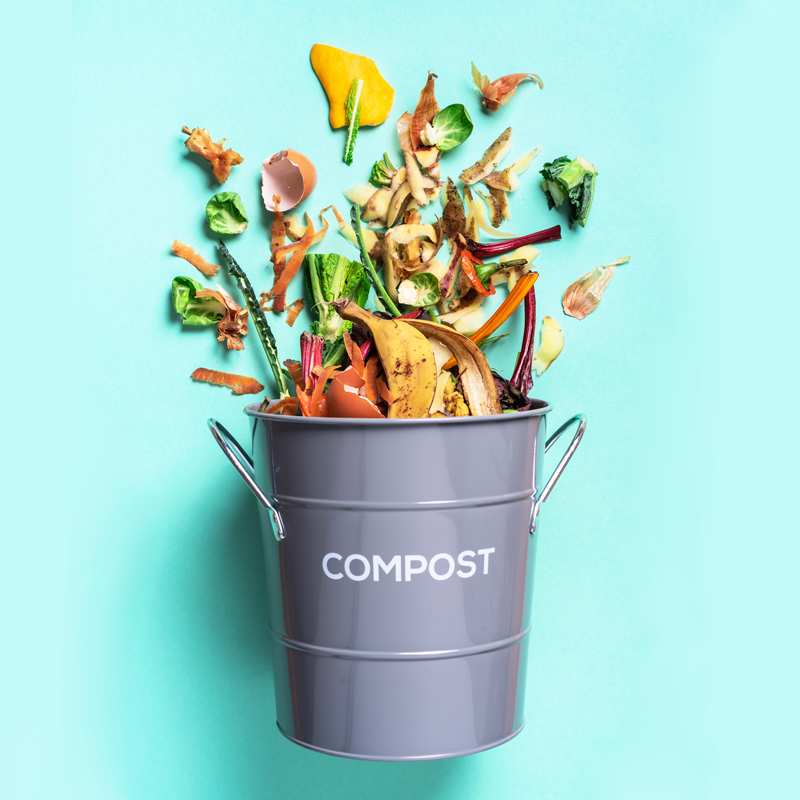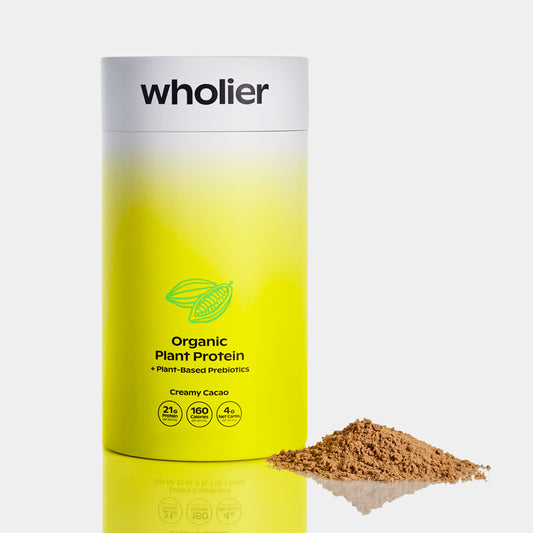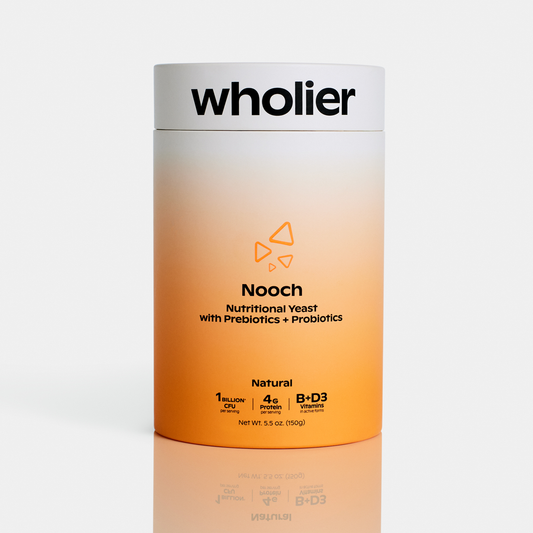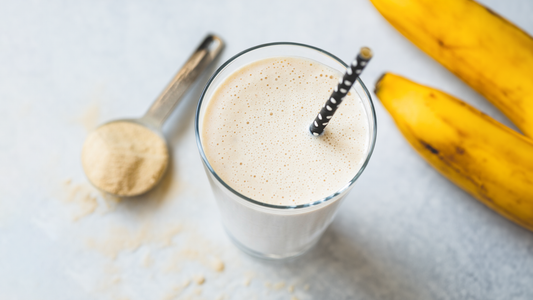Composting is a process that converts organic waste into nutrient-rich soil amendment. It's an eco-friendly way of managing waste and reducing the amount of garbage in landfills. The American Society for Testing and Materials (ASTM) has developed standards for compostable plastics, including ASTM D6400.(1) This standard defines the requirements for biodegradable plastics that can be safely composted in municipal or industrial facilities.
Industrial composting facilities use high-temperature methods to break down organic materials into usable compost quickly. These facilities can handle large quantities of material, producing high-quality compost suitable for various applications such as agriculture, horticulture, and landscaping. A directory of industrial-scale composting facilities across the United States can be found on FindAComposter.com.(2)
Homeowners who wish to contribute by utilizing their own biodegradable waste are also able to do so through home-composting systems like bin or worm composter units which provide optimum conditions needed during decomposition processes.
When considering home-composting with ASTM D6400 certified plastic products you should keep some tips in mind:
- Check the Label: Not all compostable plastics are created equal, so it's essential to check the label for the ASTM D6400 certification.(3) This certification ensures that the plastic material meets the necessary criteria for successful composting.
- Use a Home Composting System: Home composting systems, such as bin composting or worm composting, can be used to compost ASTM D6400 materials.(4) These systems provide the necessary conditions for the composting process to occur.
- Use the Right Mix of Materials: Like all composting, a mix of green and brown materials is necessary for successful composting. ASTM D6400 materials should be added in small amounts and mixed with other compostable materials, such as food waste, yard waste, and dried leaves.(5)
- Monitor Moisture and Temperature: Composting requires the right moisture and temperature levels for the composting process to work. Keep the compost moist, but not too wet, and aim for a temperature range of 120°F to 160°F. Regularly monitoring these conditions is essential for successful composting.(6)
- Chop or Shred the Materials: To speed up the composting process, chop or shred the ASTM D6400 materials into smaller pieces before adding them to the compost pile. This will help the materials break down more quickly and efficiently.(6)
The time required for biodegradable plastics to break down into compost depends on several factors such as temperature, moisture level, etc., and may take longer when home-composting compared with industrial facilities that handle larger quantities at higher heat levels. Regularly checking the process ensures success in both cases.
Industrial-scale composting can achieve processing times within just 90 days whereas home-based systems could require more extended periods depending upon conditions present.(7)
Composting ASTM D6400 certified biodegradable plastics is an efficient method of reducing waste, whether in industrial facilities or home composting systems. All of our refill pouches are made with ASTM D6400 materials. By following the tips mentioned above and regularly monitoring conditions such as temperature and moisture levels, individuals can successfully contribute to this sustainable practice.








